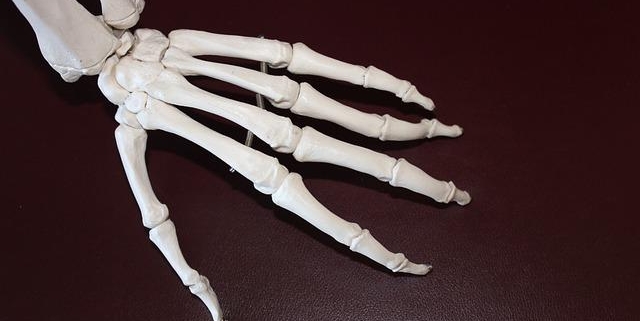
Finger Joint Arthritis
Overview of Finger Joint Arthritis
Finger joint arthritis, also known as osteoarthritis of the fingers, is a condition that occurs when the cartilage that cushions your finger joints wears away. This causes the bones to rub against each other, leading to discomfort, swelling, stiffness, and problems with finger movements. It is a common condition, especially among the elderly, affecting millions of people worldwide.
Types of Finger Joint Arthritis
Finger joint arthritis generally falls into two types:
1. Osteoarthritis (OA): This is the most common type of arthritis in fingers, mostly affecting people over age 50. OA occurs when the wear-and-tear injury to the joint’s cartilage cause bones to rub against each other. It often affects the joint closest to the fingertip and the middle joint.
2. Rheumatoid Arthritis (RA): This is an autoimmune disorder where the body’s immune system attacks its own tissues, including joints in the fingers. RA can affect people of any age and usually affects the joint at the base of the fingers.
Causes of Finger Joint Arthritis
The main cause of finger joint arthritis is wear and tear on the joints, often resulting from age. Other risk factors include:
– Genetics: People with a family history of arthritis are more likely to develop the condition.
– Gender: Women are more susceptible than men.
– Previous injury: Those who have previously injured a finger joint are more likely to develop arthritis in that joint.
– Obesity: Extra weight puts additional pressure on joints, increasing arthritis risk.
– Diseases: Certain diseases, such as Psoriasis or Lupus, can increase the likelihood of arthritis.
Symptoms of Finger Joint Arthritis
Common symptoms of finger joint arthritis include:
– Pain in the fingers that may worsen following activity
– Stiffness or inflexibility in the joints
– Swelling or sensation of warmth in the joints
- Formation of hard lumps or nodules around finger joints
– Reduced range of motion
Less common symptoms may include fever, weight loss, and overall fatigue. These are more typically associated with rheumatoid arthritis.
Diagnosis of Finger Joint Arthritis
Finger joint arthritis is typically diagnosed through a combination of physical examination, medical history discussion, and imaging tests. Your healthcare provider may:
– Physically examine your hands for signs like swelling, nodules, or deformities
– Ask about your symptoms and overall health history
– Order X-rays to look for joint damage
– Recommend a blood test to identify markers of inflammation typically associated with rheumatoid arthritis
Treatment Options for Finger Joint Arthritis
Treatment options for finger joint arthritis generally include a blend of medication, exercises, therapy, and in some cases, surgery:
1. Medication: Over-the-counter pain relievers, such as ibuprofen or acetaminophen, and Corticosteroids injections may be suggested to reduce inflammation.
2. Therapy: Occupational or physical therapy to strengthen the hand and maintain joint function.
3. Surgery: In severe cases, surgical treatments such as joint replacement or joint fusion may be recommended.
4. Lifestyle Changes: Modifying your activities and using aids or splints can make tasks easier.
Living With Finger Joint Arthritis
Managing finger joint arthritis often requires some lifestyle changes:
– Regular exercise can help strengthen the muscles around your finger joints and improve flexibility.
– Hot and cold treatments can ease pain and reduce swelling.
– Reduce strain on fingers by using arthritis-friendly tools and gadgets.
– Over-the-counter creams and gels can provide temporary pain relief.
When to Seek Help
If you’re experiencing persistent pain, stiffness, swelling, or difficulty moving your fingers, seek medical advice. Early diagnosis and treatment can help control symptoms and slow the progression of the disease. It’s also important to seek immediate medical attention if you experience severe pain, sudden swelling, or if your fingers are unable to move.
Everyone deserves to live without the pain and discomfort of finger joint arthritis. With a comprehensive understanding of this condition and help from healthcare professionals, those affected by finger joint arthritis can explore effective treatment options for a better quality of life.
